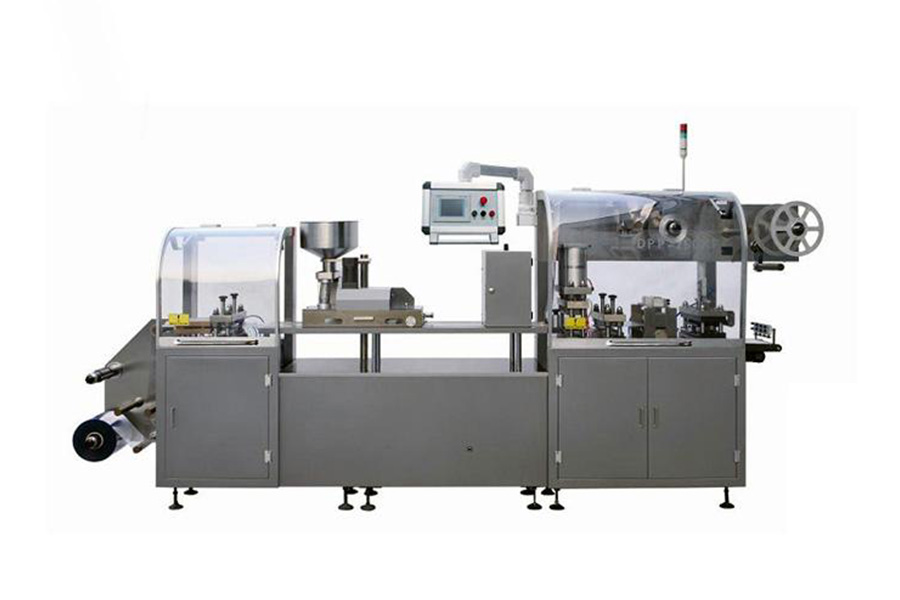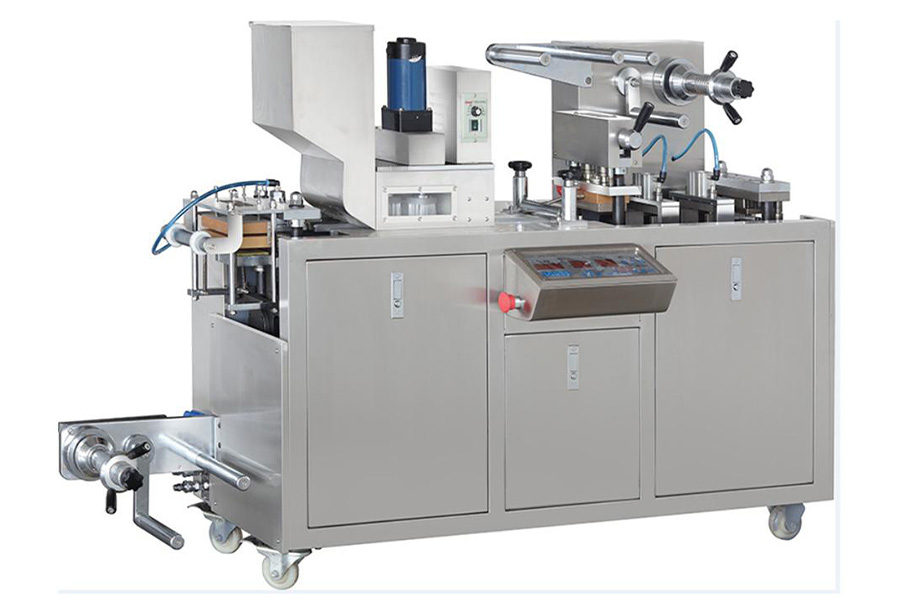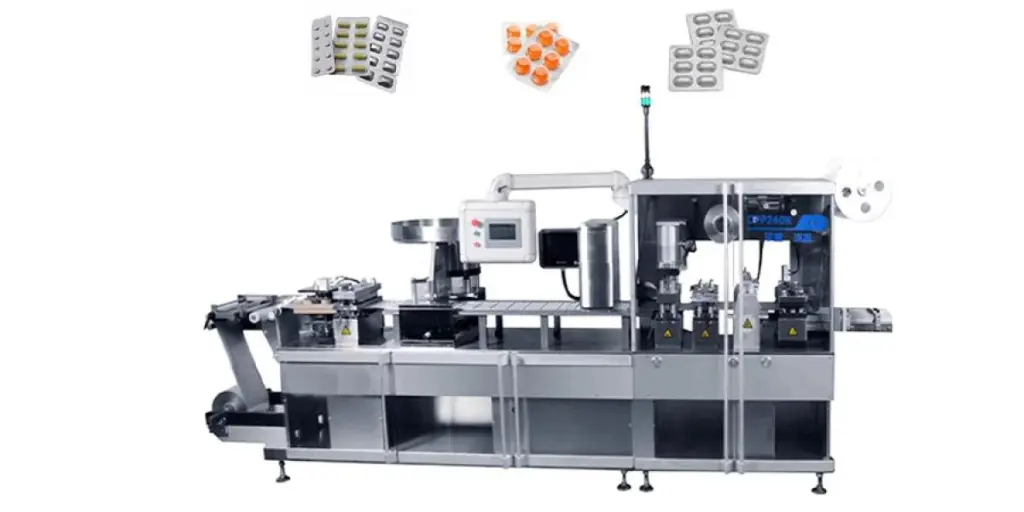When a business is looking to dominate its market, its focus on the customer has to be top-notch. One way to ensure this is by offering good packaging of their products. Blister machines are used in packaging products in the pharmaceutical, food processing, and chemical industries. They are known to provide good protection because of their excellent sealing capabilities. They also allow visibility of the packaged products and are a good choice for products that need to remain immobilized after packaging. It, therefore, goes that a blister machine could help businesses deliver quality packaging to their consumers. This comprehensive guide will outline how to select a suitable blister machine.
Table of Contents
Blister machines: market share and demand
Factors to consider when choosing a blister machine
Types of blister machines
The target market for blister machines
Final thoughts on blister machines
Blister machines: market share and demand
The global market value of blister machines in 2021 was $801.1 million. There is a demand for innovative and modified packaging in the blister machines industry. This has led to manufacturers developing blister machines that keep all drugs and medicine free from adverse factors that can alter their properties. For example, bioplastics are being implemented more than traditional raw materials such as glass and aluminum.
In addition, new technologies and methodologies that allow ease of use by the patients are being implemented. Also, industries are developing drug packaging that is child-resistant, tamper-evident, and anti-counterfeit as the healthcare sector continues to demand it.
There are also stringent measures being put in place by the World Health Organization and the Food and Drug Administration that are expected to increase the growth of blister machines.
Factors to consider when choosing a blister machine
Speed
It refers to the number of blisters packaged per unit time. Automatic blister machines will have a higher speed than manual blister machines. Automatic blister machines have a rate of 35 cycles per minute for cold forming and 40 cycles per minute for thermo forming packing. Manual blister machines will produce between 8 – 15 cycles per minute. Based on the needs of a business, they can choose a machine with a suitable speed.
Dimensions
These are the physical parameters of the machine. The machine’s length, width, and height can be determined depending on the space the business has allocated for its machine. The weight will be dependent on the materials used to construct it. A typical blister machine will weigh between 2100 kg and 5000 kg and have dimensions of 2500 * 1500 * 2400mm.
Travel range
The travel range is the distance that the products cover while being packaged. A longer travel range means more packaging than a shorter travel range. The travel range can be determined according to the business’s specifications. However, some standard measurements include 40 – 160mm, 30 – 100mm, or 100 – 250mm.
Power and air pressure requirements
Air pressure requirements will determine the force required to seal the materials tightly. The force required will then determine the amount of power the blister machine will need to perform different functions. Using an air pipe made of nylon with an inner diameter of 10mm and an outer diameter of 14mm is recommended. The air pressure should be kept within 0.4 – 0.6 MPa. An air compressor with a capacity greater than 0.38m3/min will provide sufficient pressurized air.
Automation level
Fully automated blister machines will be more efficient to operate. They are capable of producing 18 cycles per minute. Fully automatic blister machines can feed blisters, blister cards, and discharge finished packages when proper tooling is in place. They are, however, more expensive and could cost up to $10,000.
Manual, automated blister machines will require physical labor to feed the blisters to the machine. They cost between $4000 and $7000.
Material specifications
There are different materials that can be used to package in blister machines. They are blister cards, PVC blisters, blister trays, blister foil, blister boxes, and aluminum. Businesses should select machines that allow changing the materials used for packaging depending on the production requirements.
Maximum forming depth
The forming depth is the amount of space that will hold the material. It is determined by the size of the materials being packaged. The forming depth is not fixed as some materials require 12mm, while others require 25mm or 35mm depth. Depending on the material the business will be packaging, they should select a machine with a depth that suits them.
Types of blister machines
Roller blister packaging machines
Roller blister packaging machines have a cylinder-shaped blister forming mold and heat sealing mold.

Features:
- It has uneven blister wall thickness due to vacuum pumping.
- It has high production efficiency.
- It has instant sealing and linear contact.
Pros:
- It is easy to operate and maintain.
- It is suitable for the packaging of tablets and capsules.
Cons:
- It does not apply to forming a deep blister.
Flat forming blister packaging machines
Flat forming blister packaging machines have a plate-shaped blister forming mold and heat sealing mold.

Features:
- It has a tool-less changeover.
- It has clean and low noise functioning.
- It has one user interface for all components.
Pros:
- It is operator friendly.
- It is fast and very efficient.
Cons:
- It is expensive to acquire and maintain.
The target market for blister machines
The market size of blister machines is expected to be $1,140 million by 2028, growing at a CAGR of 5.17%. The Asia Pacific region dominated the market with a revenue share of 30% and is expected to continue its dominance. China had the largest revenue in the region with 30%. The major contributor to this dominance was the availability of raw materials such as PVC and aluminum. India is expected to have the fastest growth between 2021 – 2028, with a growth rate of 7.9%. This is because of increased government support for the pharmaceutical industry in the country and the increasing burden of chronic diseases.
Final thoughts on blister machines
This article has outlined the key factors to consider when acquiring a blister machine. Blister machines will improve the quality of the product a business sells. Besides acquiring the machine, businesses should also ensure that proper maintenance is done to lengthen its life span. This is in addition to having trained personnel operate the machine. For different types of blister machines available, visit Alibaba.com.




